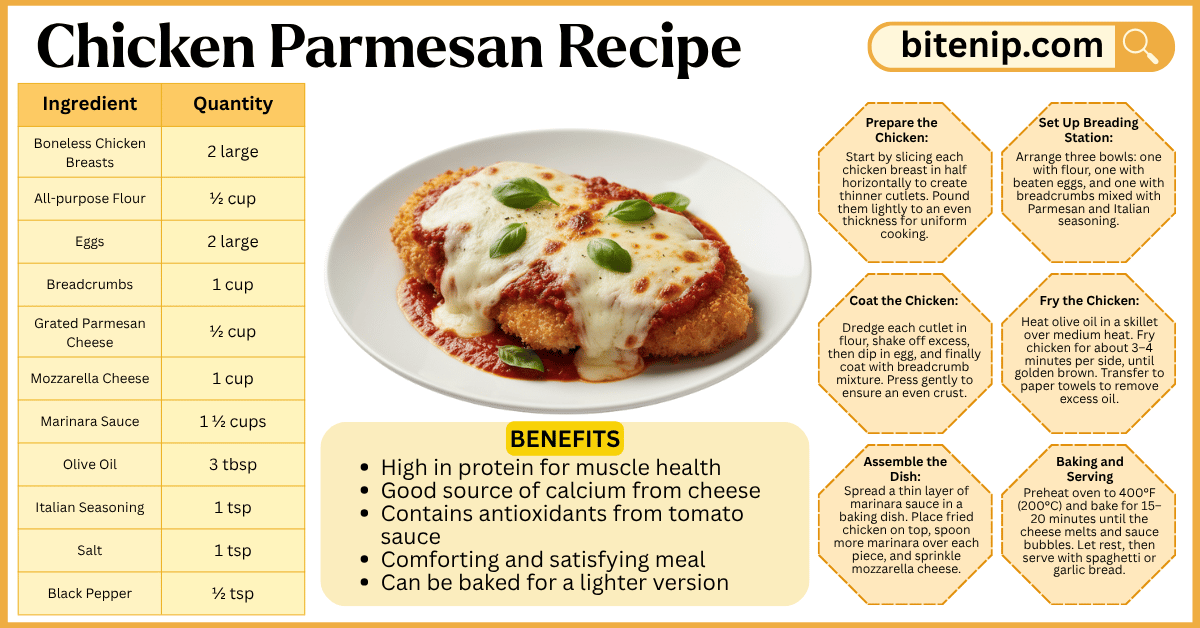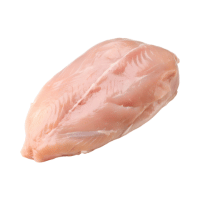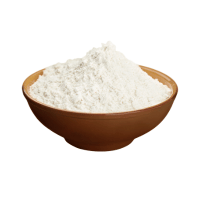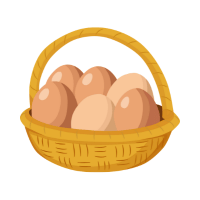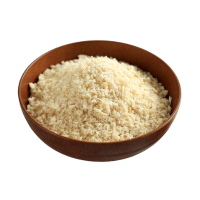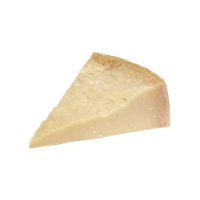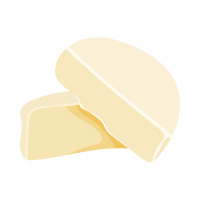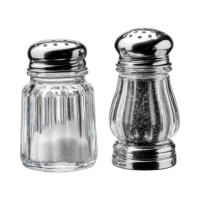Chicken Parmesan Recipe is a comforting and flavorful dish that perfectly balances crispy chicken, rich tomato sauce, and gooey melted cheese. It’s a classic that satisfies both kids and adults alike. Whether served over pasta or with a fresh salad, this dish feels like a warm hug on a plate.
Origin of Chicken Parmesan
Chicken Parmesan, or Pollo alla Parmigiana, traces its roots back to Italian immigrants in the United States. It’s inspired by the traditional Italian dish Melanzane alla Parmigiana (Eggplant Parmesan). Over time, chicken replaced eggplant, creating a heartier version that became a staple in Italian-American cuisine. Today, it’s a beloved comfort food around the world, found in homes, restaurants, and even casual diners.
Ingredients of Chicken Parmesan Recipe with Pictures
1. Chicken Breasts
Boneless, skinless chicken breasts are the base of this dish. They’re lean, tender, and absorb flavors well, making them perfect for breading and baking.
2. All-Purpose Flour
Flour helps the egg wash stick to the chicken. It creates a dry surface that allows the coating to cling properly and brown evenly when cooked.
3. Eggs
Beaten eggs work as a binder, helping breadcrumbs stick firmly to the chicken. They also give the crust a smooth, golden finish.
4. Breadcrumbs
Breadcrumbs create the crispy coating that defines Chicken Parmesan. Panko breadcrumbs give extra crunch, while Italian-style ones add flavor from herbs.
5. Parmesan Cheese
Parmesan adds a salty, nutty flavor and helps the coating brown beautifully. It’s also mixed with breadcrumbs for extra taste.
6. Mozzarella Cheese
Mozzarella melts into a creamy, stretchy layer that balances the tangy marinara and crispy chicken.
7. Marinara Sauce
The tomato-based sauce adds moisture, tang, and depth. It ties together the savory chicken and rich cheese for that classic Italian flavor.
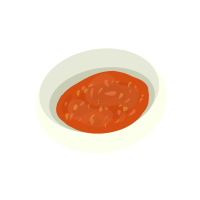
8. Olive Oil
Used for frying, olive oil gives the coating a crisp texture without being greasy. It also adds a light, pleasant flavor.
9. Italian Seasoning
A mix of herbs like oregano, basil, and thyme enhances aroma and gives the dish its authentic Italian taste.
10. Salt and Black Pepper
These basic seasonings bring out all the other flavors, keeping the dish balanced and well-rounded.
Ingredient with Quantities
| Ingredient | Quantity |
|---|---|
| Boneless Chicken Breasts | 2 large |
| All-purpose Flour | ½ cup |
| Eggs | 2 large |
| Breadcrumbs | 1 cup |
| Grated Parmesan Cheese | ½ cup |
| Mozzarella Cheese (shredded) | 1 cup |
| Marinara Sauce | 1 ½ cups |
| Olive Oil | 3 tbsp |
| Italian Seasoning | 1 tsp |
| Salt | 1 tsp |
| Black Pepper | ½ tsp |
Step by Step Chicken Parmesan Recipe
- Prepare the Chicken:
Start by slicing each chicken breast in half horizontally to create thinner cutlets. Pound them lightly to an even thickness for uniform cooking. - Set Up Breading Station:
Arrange three bowls: one with flour, one with beaten eggs, and one with breadcrumbs mixed with Parmesan and Italian seasoning. - Coat the Chicken:
Dredge each cutlet in flour, shake off excess, then dip in egg, and finally coat with breadcrumb mixture. Press gently to ensure an even crust. - Fry the Chicken:
Heat olive oil in a skillet over medium heat. Fry chicken for about 3–4 minutes per side, until golden brown. Transfer to paper towels to remove excess oil. - Assemble the Dish:
Spread a thin layer of marinara sauce in a baking dish. Place fried chicken on top, spoon more marinara over each piece, and sprinkle mozzarella cheese. - Bake Until Golden:
Preheat oven to 400°F (200°C). Bake for 15–20 minutes, or until cheese melts and the sauce bubbles around the edges. - Serve Hot:
Remove from oven and let rest for a few minutes before serving. It pairs beautifully with spaghetti or garlic bread.
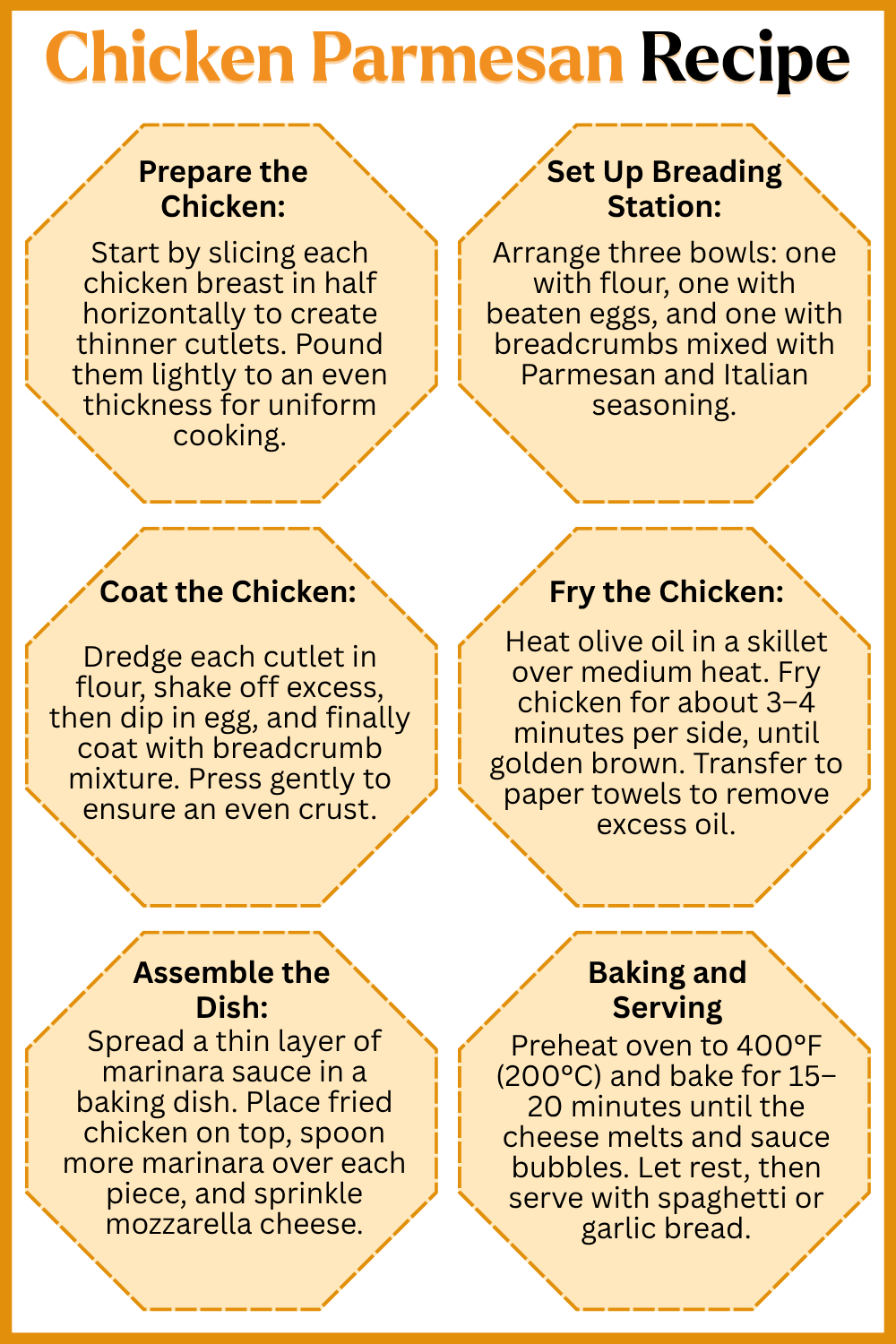
Common Mistakes to Avoid
1. Skipping the pounding step
Uneven chicken pieces cook unevenly. Thin cutlets ensure crispy texture without overcooking.
2. Using too much oil
Excess oil makes the dish greasy. Always drain fried chicken on paper towels.
3. Overbaking
Baking too long can dry out the chicken. Keep an eye on the cheese—it should melt, not burn.
4. Soggy crust
f you add too much sauce before baking, the crust loses crispiness. Use just enough marinara to coat.
Tips for the Best Chicken Parmesan Recipe
1. Use freshly grated Parmesan
It melts better and gives richer flavor than pre-packaged versions.
2. Choose quality marinara
A good tomato sauce makes all the difference. Homemade or store-bought, go for one with simple ingredients.
3. Rest before serving
Let the dish cool slightly after baking to allow the flavors to blend and the coating to stay crispy.
4. Double the batch
This recipe freezes well. Make extra and reheat for a quick dinner later.
Variations of Chicken Parmesan Recipe
1. Spicy Chicken Parmesan
Add chili flakes or a bit of hot sauce to the marinara for a kick.
2. Baked Version
kip frying and bake breaded chicken at 400°F for 20–25 minutes for a lighter version.
3. Gluten-Free Option
Replace flour and breadcrumbs with gluten-free alternatives without changing flavor.
4. Air Fryer Method
Air fry breaded chicken at 375°F for 10–12 minutes until golden, then top with sauce and cheese.
Serving Suggestions
Serve Chicken Parmesan over spaghetti for a full Italian meal. It also tastes great with roasted vegetables, garlic bread, or a green salad. For a lighter option, serve it alongside steamed broccoli or zucchini noodles.
Nutritional Information
| Nutrient | Per Serving |
|---|---|
| Calories | 480 kcal |
| Protein | 42 g |
| Fat | 24 g |
| Carbohydrates | 25 g |
| Fiber | 2 g |
| Sodium | 900 mg |
| Calcium | 260 mg |
Why People Love This Dish ?
People love Chicken Parmesan for its comforting layers of texture and flavor. The crispy chicken contrasts beautifully with the smooth marinara and melted cheese. It feels indulgent yet familiar, and every bite offers warmth, richness, and nostalgia.
Benefits of Chicken Parmesan
1. High in Protein
Chicken Parmesan is packed with lean protein from chicken breasts. Protein helps build and repair muscles, supports metabolism, and keeps you feeling full for longer. This makes it a satisfying option for lunch or dinner, especially for active individuals or those watching their appetite.
2. Rich in Calcium
Both Parmesan and mozzarella cheese are excellent sources of calcium. Calcium strengthens bones, teeth, and nails while supporting nerve and muscle function. A serving of Chicken Parmesan can contribute a good portion of your daily calcium needs.
3. Provides Healthy Fats
When cooked in olive oil, the dish delivers healthy monounsaturated fats that are good for heart health. These fats can help lower bad cholesterol (LDL) and raise good cholesterol (HDL) when consumed in moderation.
4. Contains Antioxidants
The marinara sauce used in Chicken Parmesan is made from tomatoes, which are rich in lycopene — a natural antioxidant. Lycopene has been linked to better heart health, reduced inflammation, and a lower risk of certain cancers.
5. Comforting and Satisfying
Beyond nutrition, Chicken Parmesan is emotionally comforting. The combination of crispy chicken, melted cheese, and flavorful sauce provides a sense of warmth and satisfaction. It’s a dish that brings people together and makes home-cooked meals feel special.
6. Versatile and Customizable
This recipe adapts well to different diets. It can be baked instead of fried for a lighter version, made gluten-free by swapping breadcrumbs, or even turned vegetarian by substituting chicken with eggplant or tofu. This flexibility makes it easy to enjoy in various ways without losing its signature flavor.
7. Balanced Meal Option
When served with whole-grain pasta, salad, or steamed vegetables, Chicken Parmesan becomes a balanced meal that includes protein, carbs, fats, and fiber. This balance keeps you energized and satisfied for hours.
Disadvantages of Chicken Parmesan
1. High Calorie Content
Frying the chicken and layering it with cheese increases the calorie count significantly. A single serving can range from 450 to 600 calories, depending on preparation. This makes it less ideal for low-calorie or weight-loss diets unless portion sizes are controlled.
2. High in Sodium
Store-bought marinara sauces and pre-shredded cheeses often contain added salt and preservatives. Too much sodium can lead to water retention, bloating, and high blood pressure. Opting for homemade sauce or low-sodium options can help reduce this issue.
3. Contains Saturated Fats
While cheese and olive oil provide some healthy fats, they also contribute saturated fats, which, in excess, can raise cholesterol levels. Eating Chicken Parmesan occasionally is fine, but frequent consumption may not suit heart-healthy diets.
4. Not Dairy-Free or Vegan Friendly
The dish relies heavily on cheese for its flavor and texture. This makes it unsuitable for lactose-intolerant, dairy-allergic, or vegan individuals unless adapted with dairy-free cheese alternatives.
5. Can Be Heavy on Digestion
The fried coating, cheese, and sauce make the meal rich and filling. For some people, it may feel heavy or cause discomfort after eating, especially if consumed late at night or in large portions.
6. Easy to Overeat
Because it tastes so good, it’s tempting to go for seconds. However, overeating adds unnecessary calories and fat, making it important to enjoy it mindfully and in moderation.
7. Time-Consuming to Prepare
Compared to quick meals, Chicken Parmesan takes longer due to the breading, frying, and baking steps. While the flavor payoff is worth it, it may not be practical for busy weeknights.
FAQs
1. Can I use chicken thighs instead of breasts?
Yes, but they take slightly longer to cook and are juicier.
2. What’s the best cheese for Chicken Parmesan?
Mozzarella and Parmesan are traditional, but provolone also works well.
3. Can I make it ahead of time?
Yes, assemble it in advance and bake when ready to serve.
4. Can I freeze Chicken Parmesan?
Absolutely. Store it in an airtight container for up to 2 months.
5. How do I reheat it without losing crispiness?
Reheat in an oven at 350°F until warm, not in a microwave.
6. What pasta goes best with it?
Spaghetti or linguine complement the sauce perfectly.
7. Can I use panko breadcrumbs?
Yes, they make the crust even crispier.
8. Is it okay to use jarred marinara sauce?
Yes, just choose one with minimal added sugar and salt.
9. Can I make this dish vegetarian?
Replace chicken with eggplant or tofu for a vegetarian version.
10. How do I know the chicken is cooked through?
Check with a thermometer; it should reach 165°F (74°C).
Conclusion
Chicken Parmesan remains a timeless favorite that combines comfort, flavor, and simplicity. Whether you bake or fry it, this dish always delivers satisfaction. With the right ingredients, careful preparation, and a few helpful tips, you can enjoy restaurant-quality Chicken Parmesan at home anytime.
